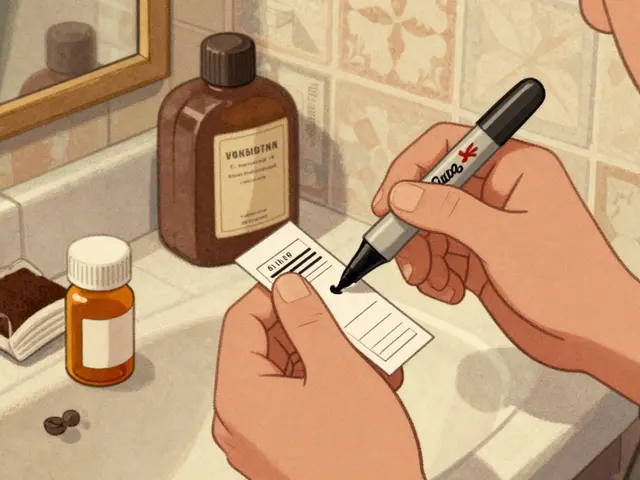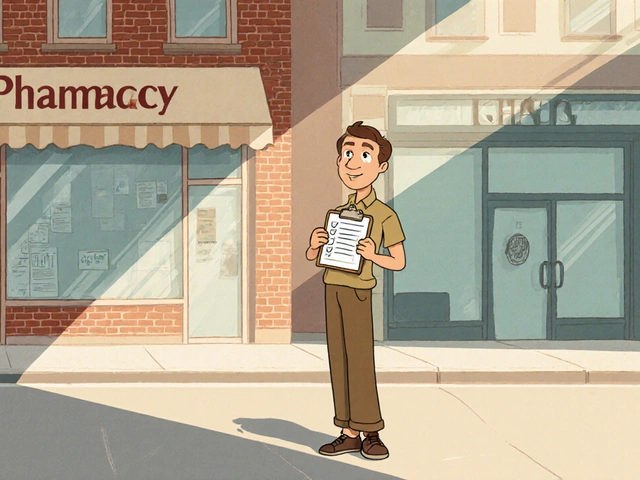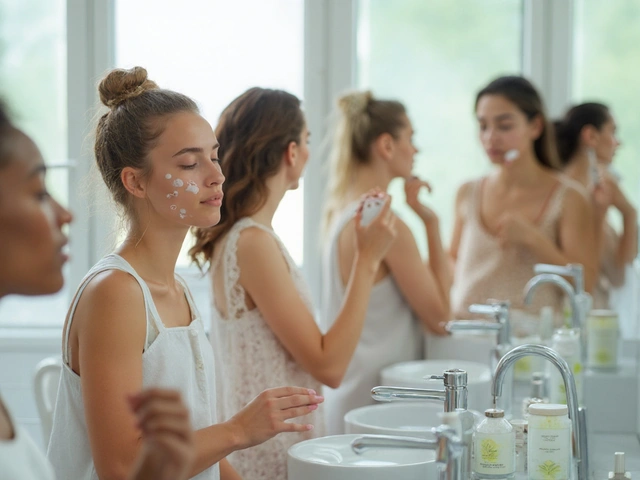Isotroin alternatives: what actually works for acne
If Isotroin (isotretinoin) sounds scary or isn’t right for you, there are clear alternatives that can still move the needle on acne. Some options focus on reducing oil and inflammation; others target bacteria or hormones. Which one fits depends on your acne type, goals, and any health limits like pregnancy plans. Below I’ll walk you through practical choices and what to expect.
Prescription options worth considering
Topical retinoids: tretinoin, adapalene, and tazarotene are the backbone for comedonal acne (blackheads and whiteheads). They speed skin cell turnover and prevent clogged pores. Expect dryness and irritation at first; start slowly and use moisturizer.
Topical combos: benzoyl peroxide plus a topical antibiotic or retinoid can cut bacteria and inflammation. These are good for mild-to-moderate acne and usually safer than long courses of oral meds.
Oral antibiotics: doxycycline and minocycline reduce acne-causing bacteria and inflammation. They work well for many inflammatory pimples but should be used short-term (commonly 3 months) to avoid resistance. Talk to your doctor about side effects like sun sensitivity and gut upset.
Hormonal therapy: for people who have hormonal acne (breakouts along the jawline, cyclical flare-ups), combined oral contraceptives or spironolactone can help. Spironolactone lowers androgen effects that drive oil production—often a good choice for adult women. These need medical supervision and routine checks.
Low-dose isotretinoin: if full-course isotretinoin isn’t an option, some dermatologists use lower-dose regimens. They can reduce side effects while still helping stubborn acne. Discuss risks and monitoring with your provider.
Procedures, topicals, and everyday moves that help
Chemical peels and in-office treatments: light chemical peels, microdermabrasion, and blue-red light therapy can reduce bacteria and inflammation. For nodular acne, laser treatments or photodynamic therapy are options but expect multiple sessions and cost considerations.
Topical azelaic acid and niacinamide: both calm redness and help clear pores. Azelaic acid is especially useful if you’re pregnant or breastfeeding and need a safer topical alternative.
Skincare basics that matter: gentle cleanser twice daily, non-comedogenic moisturizer, and daily SPF. Avoid over-exfoliating. Small routine changes often boost results when paired with medical treatments.
How to choose: start by asking your dermatologist what type of acne you have (comedonal vs inflammatory vs nodular). Ask about expected timeline, side effects, monitoring needs, and how long a treatment should run before you assess progress. If pregnancy is possible, bring that up early—some effective drugs are unsafe during pregnancy.
Short takeaway: isotretinoin is powerful, but not the only road. Topicals, antibiotics, hormonal agents, in-office procedures, and lower-dose regimens all work for different cases. Talk openly with your provider about goals and risks so you can pick the safest, most effective path for your skin.

8 Alternatives in 2025 to Isotroin: What Works When You Can’t Take Isotroin?
Struggling to find effective replacements for Isotroin in 2025? This article breaks down the top 8 real-world alternatives, covering how each one works, who should consider them, and what the catch might be. Get straightforward pros and cons for everything from topical treatments to hormonal solutions. Learn which alternative might be the best fit for your acne needs right now. Find out what actually helps when Isotroin isn’t an option.
Read More




